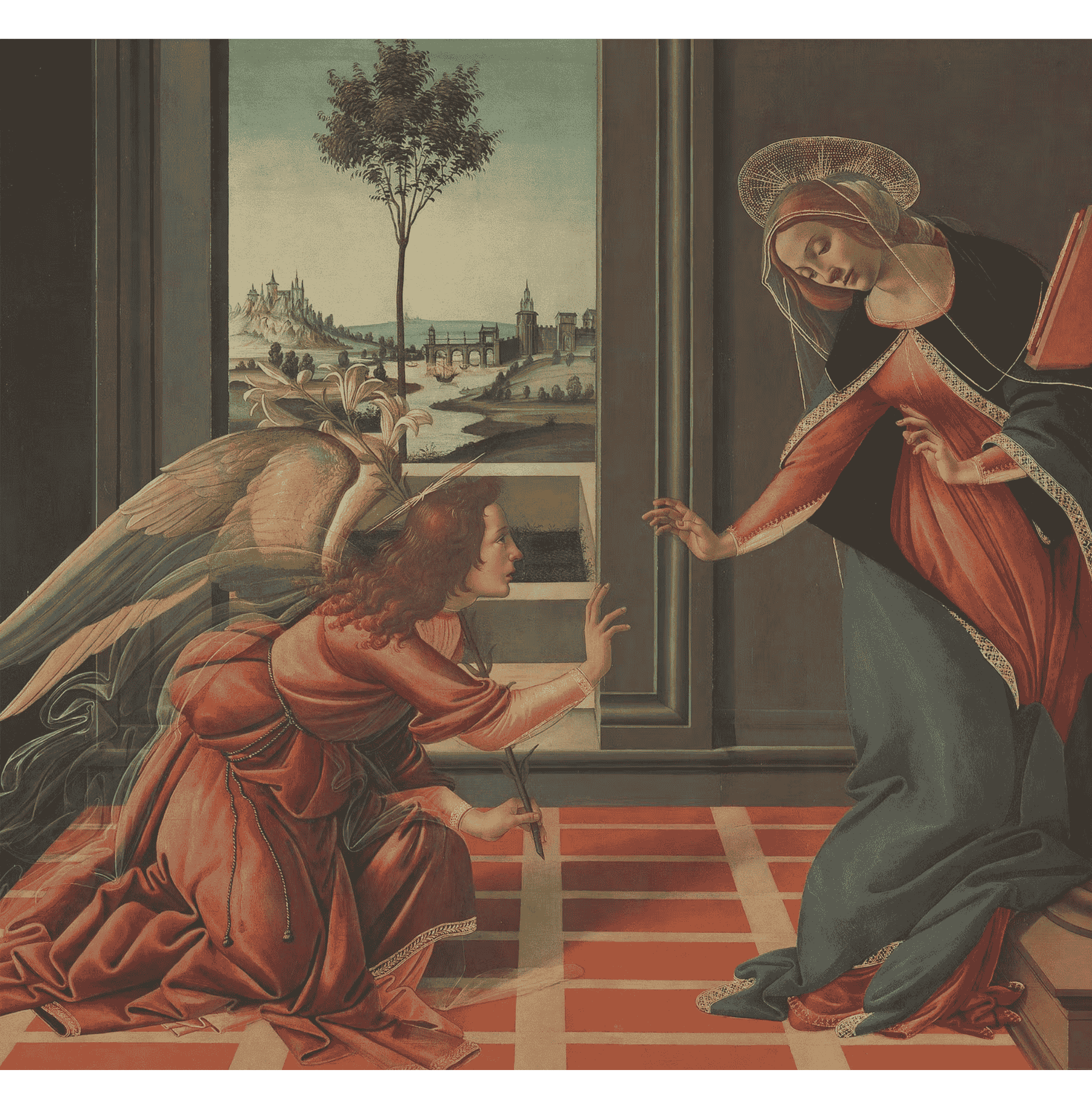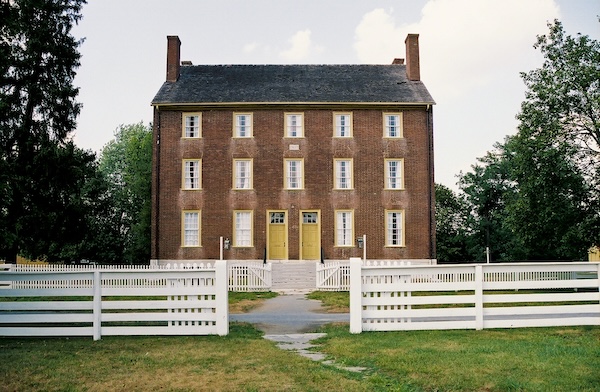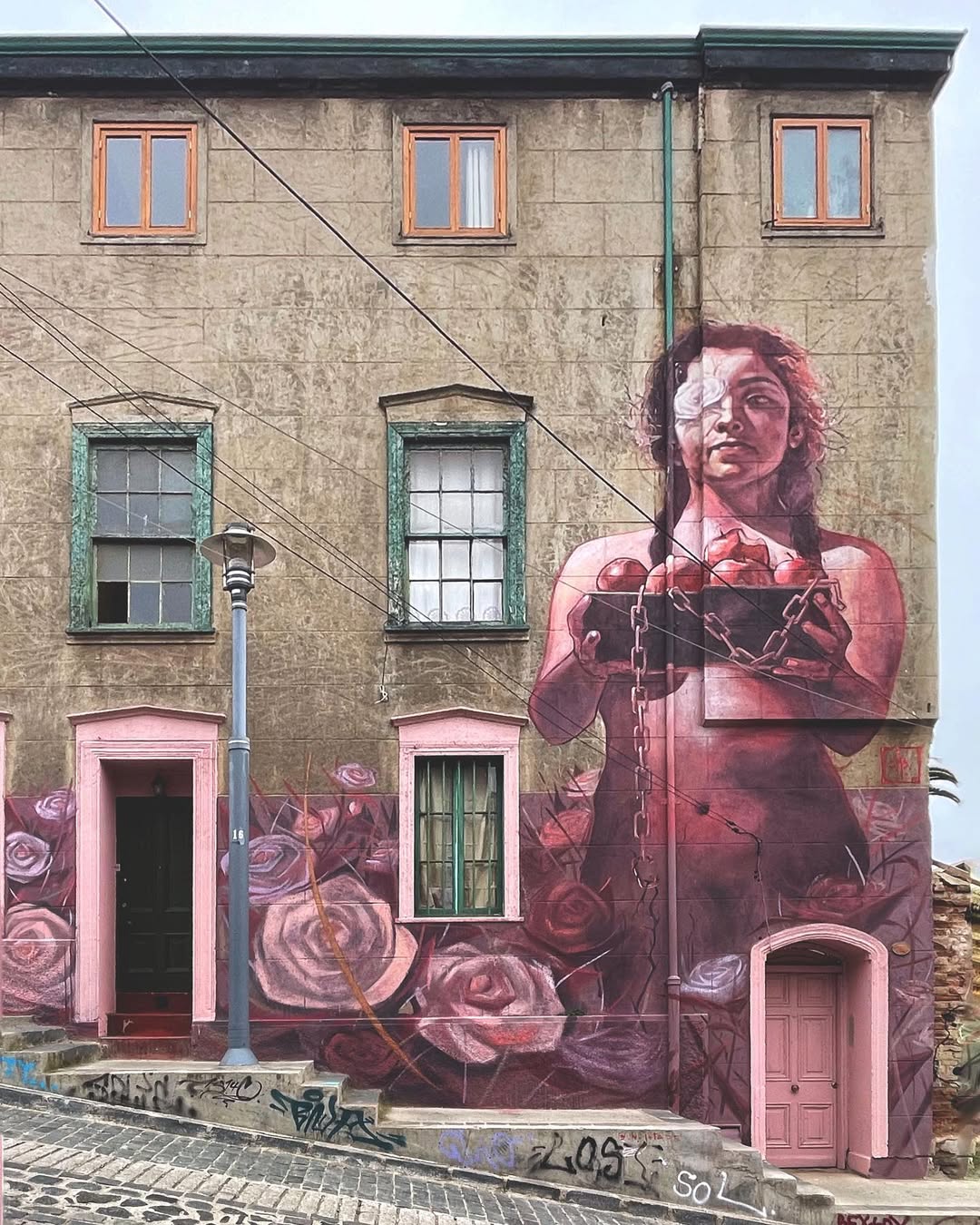
Thomas Kinkade’s Images of Christ
Thomas Kinkade (1958-2012) is simultaneously the most praised and most castigated Christian artist of our time. During his life he was, monetarily speaking, among the most successful living artists of all time. Kinkade claimed to be the most collected living artist. However, despite his widespread popular success he was never fully accepted by the art world, neither secular nor religious. His controversy only grew after his death when the demons of his personal life became public.
For many evangelical Christians Kinkade’s work has a powerful resonance. Kinkade is best known for his idealized cottages with a warm light radiating from within. But he is also known for quaint Main Street scenes, serene lighthouses, and even street scenes from major cities painted in a way that evokes a bygone era. His most known religious works are churches, which are typically country churches set in idealized bucolic scenery with warm light shining from within.
Given Kinkade’s public Christianity and the fact that every painting he produced was signed with not just his signature but the Ichthus (fish symbol) and the biblical citation “John 3:16,” it is probably best to interpret all his art as a religious statement. However, it is interesting that he produced very few Christocentric images. The first Christocentric print by Kinkade was The Prince of Peace released in March 1999. According to Kinkade this image is based on a vision he had in 1980 while in art school and shortly after coming to faith. The piece evokes a very personal feeling through the loose handling of paint and the intimate pose of Jesus.
Kinkade’s career was characterized by a strong commercial drive including massively reproduced prints, commemorative bric -à -brac, housing developments, and Disney-themed paintings. But this piece contrasts with all that. It does not fit well with his signature style. It is an outlier in Kinkade’s career and only shows a portion of Kinkade’s view of Christ.

In December 1999 Kinkade released a Christocentric painting that fits more comfortably within his body of work, Sunrise. The pastel tones of the sunrise are reflective of Kinkade’s broader pallet and the painting’s composition hearkens back to the German romantic painter Caspar David Friedrich (1774-1840). However, what ties this painting into Kinkade’s oeuvre as much as anything is the marked sentimentality of the painting. Rather than depicting the sublimity which Friedrich evoked in his paintings of Christ on the cross on a hill, Kinkade depicts the quintessentially protestant empty cross as a sign of the resurrection. The title is potentially even a play on words referencing both the event of Easter morning and the time of day.
But this interpretation creates a tension with Kinkade’s stated purpose of painting as if there were no fall. Without the mark of original sin the image of the cross loses its potency. It becomes a symbol for Christianity, an image of grace. But a grace which saves humanity from what? The hill on which Kinkade’s cross rests is not Golgotha (the place of the skull) but a beautiful coastal hill more like a vision of the new Eden in California by German-American artist Albert Bierstadt (1830-1902).

A later painting by Kinkade, The Cross released April 2010, takes the cross on a hill but sets it in a space more reminiscent of the American Hudson River School founded by the Anglo-American artist Thomas Cole (1801-1848). This more directly merges the Edenic vision of Kinkade with the patriotism often found in his post 9/11 work. The American landscape which functioned both as a point of national pride and spiritual reflection for many 19th-century artists, serves a similar function for Kinkade in this work. Like 19th-century landscape painters Kinkade shows an unspoiled dynamic landscape. But for Kinkade this landscape is not only pure and unspoiled by western industrialization, it is pure and unspoiled by sin. There has been no fall. Eve and Adam left the fruit of the Tree of the Knowledge of Good and Evil on the branch. This, again, creates an unresolved tension between the cross as a symbol of pain and redemption with a landscape that is pain-free and unmarked by moral brokenness. The definitive article “the” in the title further complicates the issue by implicitly tying this cross with The Cross of Christ rather than just a cross.

Kinkade’s fourth and final Christocentric image, Walk of Faith, was released in April 2011 just a year before his untimely death. This final image shows Peter carrying the “symbolic keys to God’s kingdom” while walking and talking with Jesus. The two figures stroll through a typical Kinkadian landscape replete with colorful trees and flowers, waterfalls, a babbling brook, a bridge, and a footpath. In many ways this image fits more comfortably in Kinkade’s oeuvre than any of his other pictures discussed here. In some ways this painting returns to the more personal feel found in The Prince of Peace. Viewers can relate to the relational experience of walking and talking with a friend. Yet despite the sense of familiarity, there is also an estrangement of the viewer from the subject. The idealized image reflects more a dream or longing than any actual event. The life of humanity is filled with pain and suffering while this image is devoid of either.
There is no artist who has been more broadly accepted and acclaimed by evangelical culture than Kinkade. While some sneer at his artistic output, there is no denying that it resonates strongly with a large portion of the evangelical church. Daniel Siedell writes convincingly but caustically about Kinkade’s work in his article, “The Dark Light of Thomas Kinkade.” Siedell is dismissive of Kinkade’s artistic merit and castigates the theological influence of Kinkade as “not merely problematic, it is dangerous.” He further writes, “Kinkade’s work is the meticulously painted smile on the [comic book] Joker’s disfigured face. It refuses to deal with the fallenness, brokenness, sinfulness of the world.” Siedell’s writing on this subject produced significant controversy. Yet there is some truth when Siedell writes, “Kinkade’s images prey on his audience’s preconceptions, expectations, and presumptions, restricting rather than broadening or deepening their experience.”
Kinkade’s work lays hold of the nostalgic longing for a simpler, purer time and provides a visual voice for that longing. That is exactly the feeling many long for in their religious experience. One can imagine looking at Walk of Faith while singing quietly “Jesus loves me this I know for the Bible tells me so…” That emotional power and connection are what Kinkade delivers in his art.
**********
Thomas Kinkade, The Prince of Peace, released March 1999.
Thomas Kinkade, Sunrise, released December 1999.
Thomas Kinkade, The Cross, April 2010.
Thomas Kinkade, Walk of Faith, released April 2011.
Taken over with permission from Faith on View April 28, 2021, Five Evangelical Christs
Thomas Kinkade (1958-2012) was an American painter of popular pastoral and idyllic subjects. He attended the University of California, Berkeley, and Art Center College of Design in Pasadena. He is notable for achieving success during his lifetime with the mass marketing of his work as printed reproductions and other licensed products via the Thomas Kinkade Company. According to Kinkade's company, one in every twenty American homes owned a copy of one of his paintings. Kinkade described himself as a "Painter of Light", a phrase he protected through trademark, but which was earlier used to describe the English artist William Turner (1875-1851). Kinkade said he was placing emphasis on the value of simple pleasures and that his intent was to communicate inspirational, life-affirming messages through his paintings. A self-described "devout Christian" (even giving all four of his children the middle name "Christian"), Kinkade believed he gained his inspiration from his religious beliefs and that his work was intended to contain a larger moral dimension. Many pictures contain specific chapter-and-verse allusions to Bible passages. Kinkade died of "acute intoxication" from alcohol and diazepam at the age of 54.
Rondall Reynoso is an artist, scholar, and speaker. He is currently an Assistant Professor at Lee University in Cleveland, Tennessee, USA. He holds an MFA in Painting and an MS in Art History from Pratt Institute in Brooklyn, NYC and is completing a Ph.D. in Art History and Aesthetics from the Graduate Theological Union in Berkeley, California.
ArtWay Visual Meditation June 13, 2021
%20(1).png)












